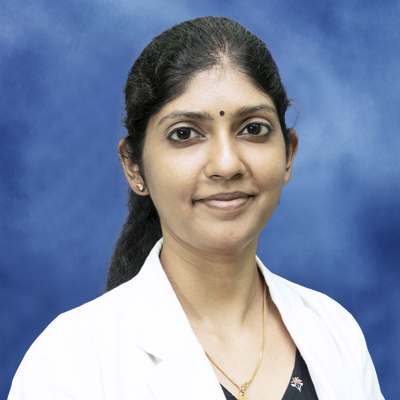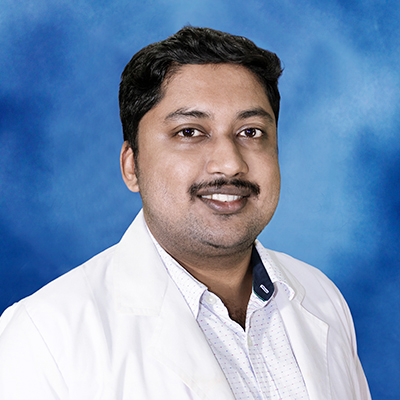 Overview
Overview The Department of Pathology plays a fundamental role in patient care, and impacts nearly all aspects of patient care, from diagnosing cancer to managing chronic diseases through accurate laboratory testing.
















Grossing station

Cryostat

Ventana Benchmark GX for Automated IHC

IMMUNOFLOURESCENCE MICROSCOPE

Histopathology Reporting Room

Automated Tissue Processor

EZI PREP Cytocentrifuge

Bi Head Teaching microscope

Automated Urine Analyser

BD FACSLyric Flow Cytometer

Flow cytometer

Pathology Lab Reception Area
Equipped with latest instruments like Fully automated IHC/ISH System and Fully automatic tissue processors.
A. ROUTINE TESTS:
1. Histopathological examination of small, medium and large biopsy specimens.
2. Intraoperative Frozen Sections and Stereotactic biopsy done on cryostat machine.
3. Decalcification and processing for bone biopsies.
B. SPECIAL TESTS:
1. Wide range of Histochemistryspecial stains.
2. Immunohistochemistry- Using a large panel of about 100 antibodies we are providing comprehensive immunohistochemistry to aid our histopathological diagnosis & providing therapeutic & prognostic significance for the patient management.
3. Immunofluorescence – Diagnostic aid in renal and dermatological pathologies.
A. ROUTINE TESTS:
1. Complete Hemogram, Reticulocyte count done in automated blood cell counters.
2. ESR, Sickling test, Absolute eosinophil count,Peripheral smear study.
3. Coagulation studies like Prothrombin time (PT)/ Activated partial thromboplastin time (APTT), Fibrinogen, Mixing studiesall done in fully automated coagulation analyzers.
4. Demonstration of LE cell and hemoparasites: Malarial Parasite, microfilaria.
5. Rapid screening tests for Malaria and Dengue.
B. SPECIAL TESTS:
1. Bone marrow aspiration/ trephine biopsy with cytochemistry.
2. Osmotic fragility test.
3. Flow cytometry - Used for diagnosis of Leukemia, enumeration of CD34+ hematopoietic stem cells (HSC) as a reference point for undertaking apheresis and evaluation of adequacy for peripheral blood stem cell (PBSC) engraftment, CD 19/20 count and CD4/CD8 enumeration.
TESTS DONE:
1. Urine routine/microscopy.
2. Urine RBC cytology, eosinophils, BJP, hemosiderin.
3. Stool, occult blood, fat, pH, reducing sugar.
4. Semen analysis.
5. Body fluids-cell count, crystals.
TESTS DONE:
1. FNAC.
2. Exfoliative cytology (conventional and liquid based cytology) including PAP smears, body fluids, sputum, bladder and bronchial brushings.
3. Cell block preparations for fluids and aspirates.